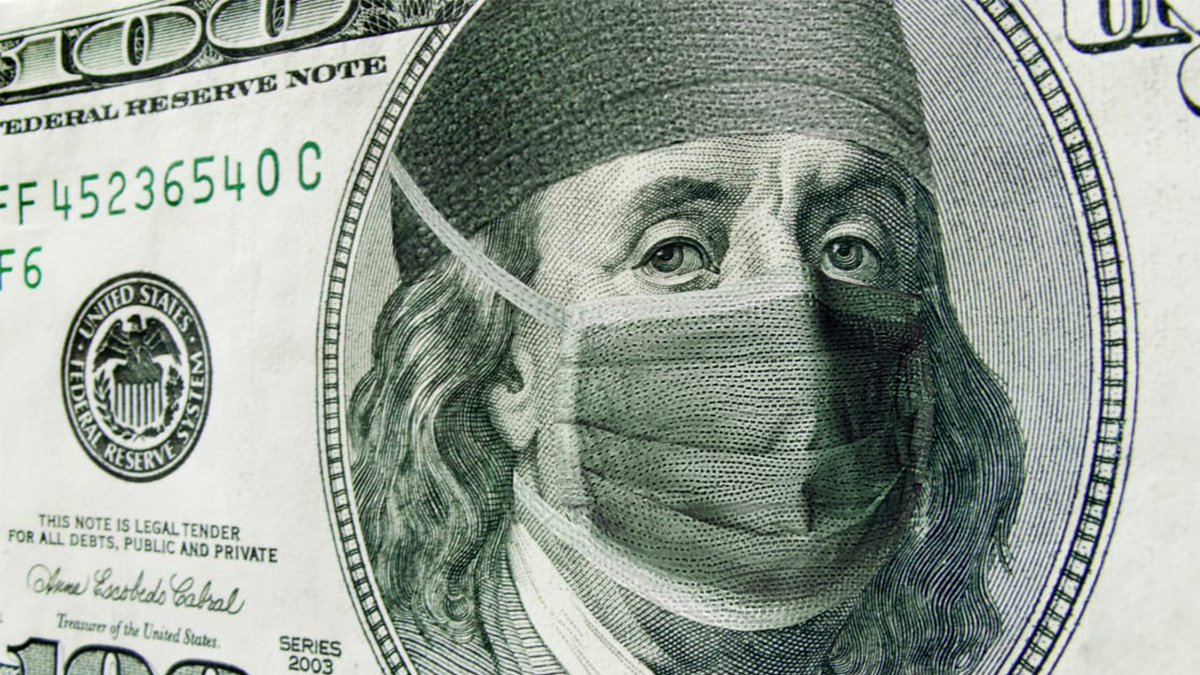
Pragmatically the focus of a medical practices attention is on delivering a service, satisfying patients, and being paid for those services. Pragmatic and practical, as well as necessary for survival.
There is a reality to the environment that we practice in, that despite only wanting to practice medicine, the economics of patients gets in the way. At times we forget that their economics is our income, and what impacts their economics will impact our economics.
We are all familiar with the pain at the “pump”, the pain at the desk when it comes time to collect that ever-increasing copay, along with the ever-increasing deductibles, as well as those coinsurance payments. There has been a dramatic change in the patient-physician relationship, more about the money.
There is another level of pain that is more hidden for our patients, yet one that we do not see directly. However, it weighs on their mind and does affect the relationship with our practices, as well as with healthcare delivery. It is the reality that in addition to higher out-of-pocket costs, payroll deductions combine to eat the wage increase for the average worker.
Their increases in compensation are being transferred to healthcare, to physicians and other health care providers, and to insurance companies.
Between 2018 and 2022 – a short 5 years, wages have increased 11% while inflation is up only 6%, which should mean that workers enjoying a boost in spending, on themselves and their families. However, it is health care costs, that have driven up deductibles up 63% and premiums up 19% that have sucked the joy out of workers wage increases.
As a reminder as well, those deductibles of over $1000 are now visited on 51% of workers.
The net result is that your working patients have less money in their pockets and they know it, and they know that it is because it is going to physicians, pharmacies, and hospitals.
On one hand, may physicians dismiss this as the patient’s problem, and only the physician’s when it comes to actually collect. A very cavalier attitude.
Financial sensitivity, concern for your patient’s wallets has to become integrated into practice caring. How so? Be prepared for payment plans for your patients to accommodate a deductible. Best if it is allowing automatic charges over time to their credit card. This is for you and them. And while it does not impact your income, you need to be sensitive in your treatment plan and especially in your referrals as to the patient’s coverage. Never put them in the position that they are referred to a provider not participating with their insurance. And make it a point to guide them to lower cost ancillaries, such as clinical laboratories and free-standing radiology providers rather than hospital sponsored ancillaries, even if they were participating. For the patient, the copay maybe the same, but the deductible hits them big time for the higher costs of hospital-sponsored services. And try to make your referrals to other physicians that feel similarly as to their concern for the patients, and their wallets.
You alone will not solve the health care cost crisis, but you can health your patients to be less victimized by it.
Most Promising Healthcare IT Solutions of 2022:




More Stories
The Future of Radiology Information System
How To Buy EHR Software in 6 Steps
Information security guide for small healthcare businesses